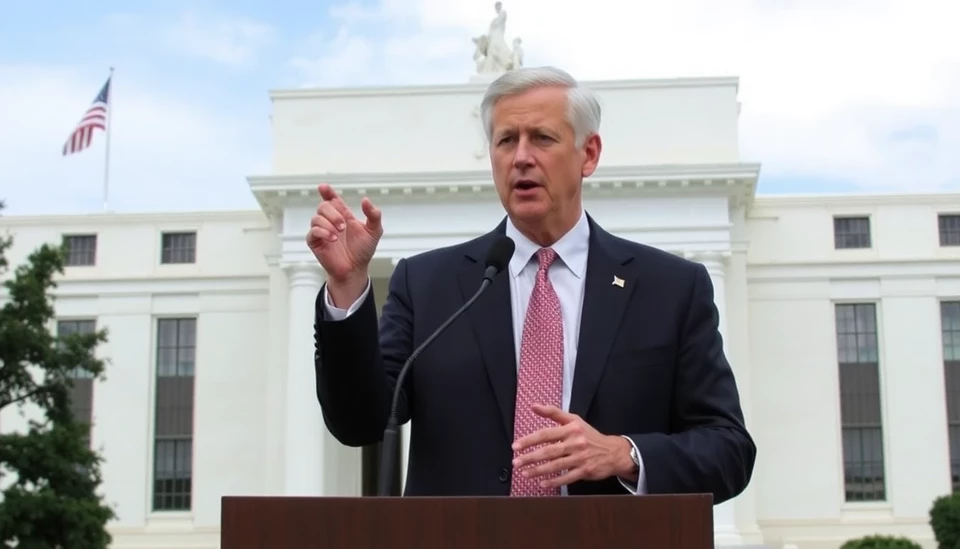
The latest jobs report has ignited discussions within financial circles regarding the Federal Reserve’s next steps in its monetary policy. Data released on Friday indicated robust job growth, which could potentially nudge the Fed toward considering an interest rate cut. However, persistent inflation still looms as a significant concern, complicating the central bank's decision-making process.
The Department of Labor revealed that the U.S. economy added 250,000 jobs last month, a sign of resilience as companies continue to hire amid economic uncertainty. This marks a higher figure than expected, suggesting that the labor market remains tight even as other sectors show signs of slowing down. Unemployment edged down to 4.2%, reinforcing the notion that the job market is not only stable but continues to strengthen.
Markets have responded positively to the job growth data, reflecting investor optimism. However, analysts caution that while the reduction in the unemployment rate is encouraging, it is essential to remain focused on inflation figures, which have shown troubling signs of persistence in recent months. Despite achieving a more united political stance on inflation, the challenge remains daunting as consumer prices continue to rise.
The risk of accelerating inflation places the Fed in a precarious position. On one hand, the strong job market might encourage policymakers to cut rates to spur additional growth. On the other hand, cutting rates could exacerbate inflationary pressures, leading to potential complications down the line. The Fed's dual mandate of ensuring maximum employment while also keeping inflation in check presents a conflicting framework in which to operate.
Commentators suggest that the Fed may adopt a wait-and-see approach, assessing upcoming inflation data before making any decisive moves. Furthermore, Fed officials expressed their intention to remain data-dependent, which leaves room for slight adjustments in either direction. The central bank faces a balancing act that requires keen consideration of economic indicators, and the current environment presents a multitude of factors to weigh.
Investors and financial analysts will closely monitor upcoming economic data, which could shape the Fed's monetary policy trajectory. Expectations are building for further discussions among policymakers in the coming months, as they gather more information about the overall health of the economy and the inflation outlook.
The Fed's next meeting is scheduled for December 12-13, where officials will deliberate on these complex issues. The recent jobs data adds another layer to an already multifaceted situation, making it imperative for the central bank to align its policies with both short-term employment trends and long-term inflation goals.
In summary, the strong jobs report may push the Fed to contemplate interest rate cuts, but the shadow of consistent inflation remains a formidable barrier. The interaction between these dynamics will undoubtedly shape the future course of economic policy, as stakeholders eagerly await clearer signals from the Federal Reserve.
#FederalReserve #JobsReport #Inflation #InterestRates #EconomicGrowth #MonetaryPolicy #JobMarket #FinanceNews
Author: Laura Mitchell




